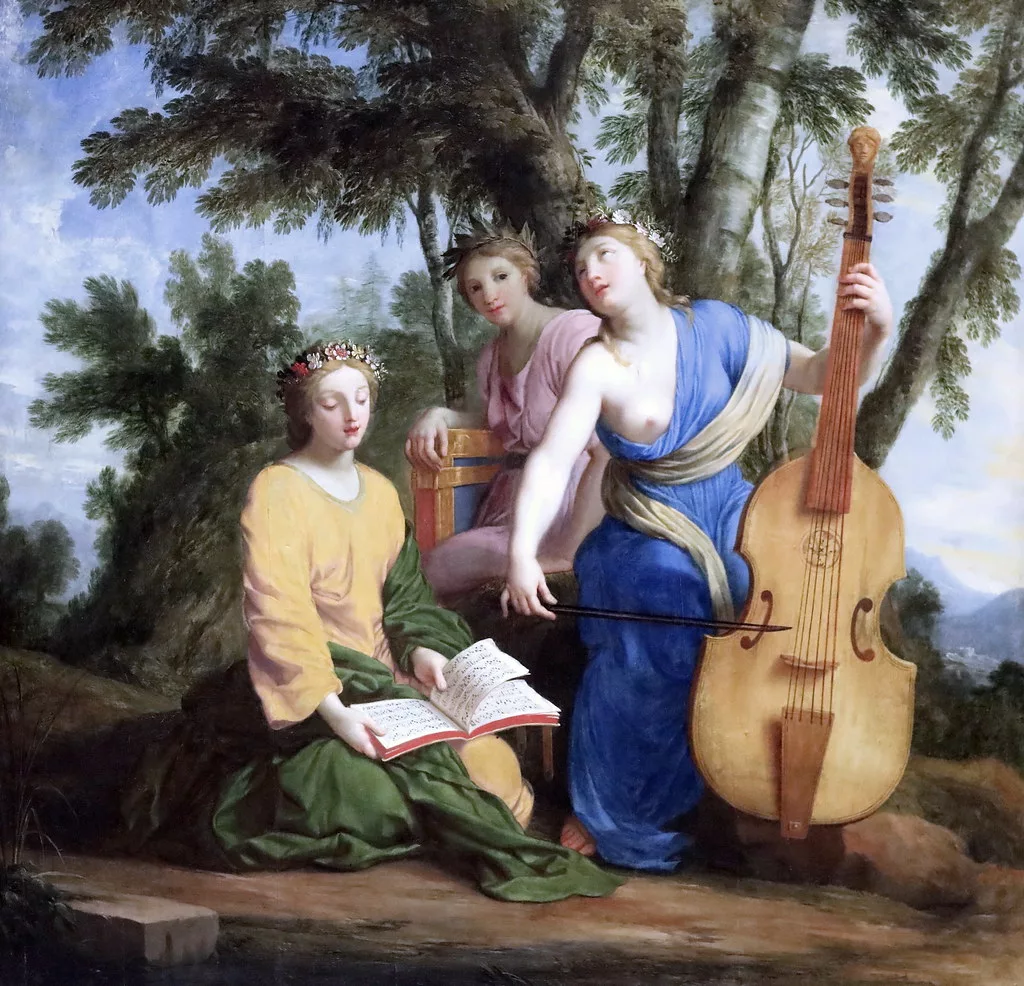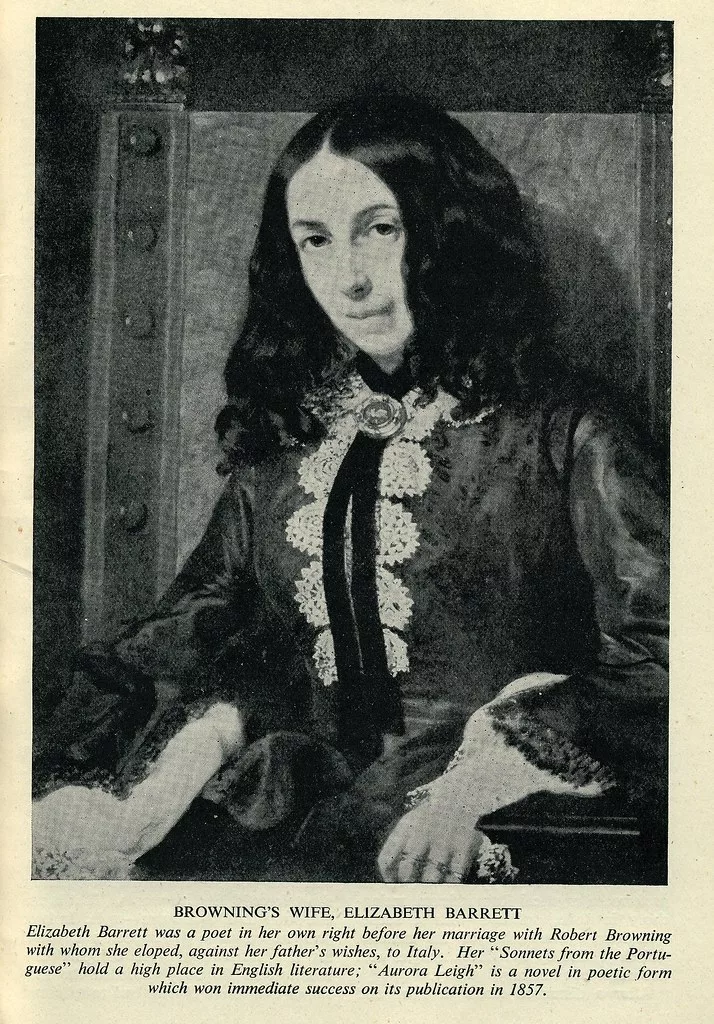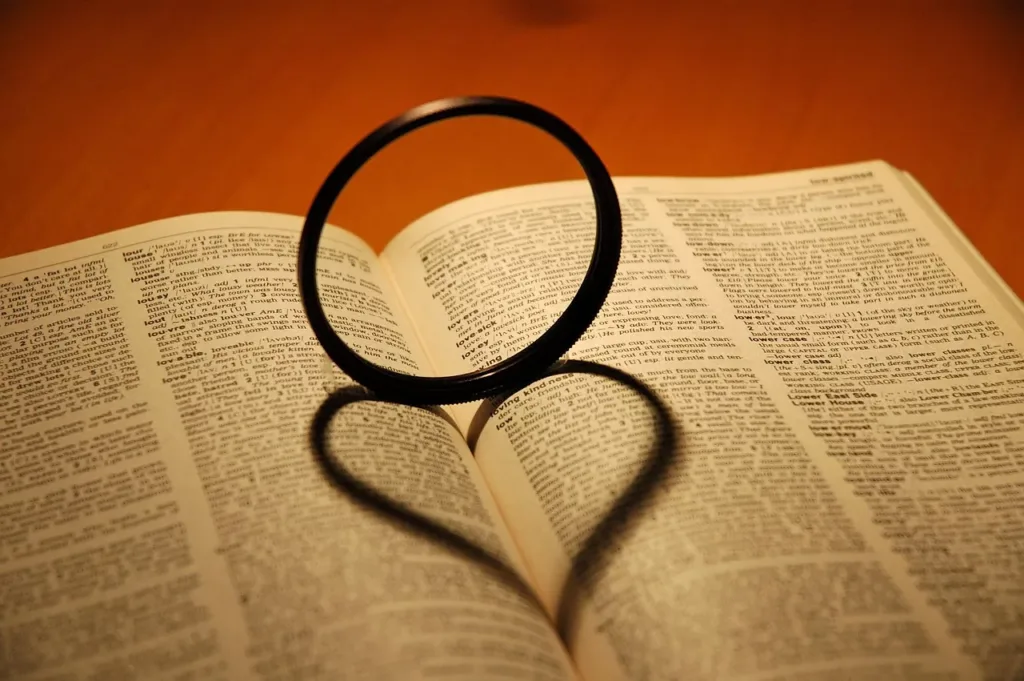Love poetry represents timeless testimonies to the depth of human emotions and connections in literature’s vast and multifaceted territory. They capture the essence of romance in its myriad forms, weaving words that dance with passion, desire, and devotion.
As we explore love poems, we delve into the realms of the poets who painted love in its purest colors, each stroke of their pen reflecting their own experiences, beliefs, and the eras from which they came. Love poems have transcended time and space, from Shakespeare’s playful sonnets to Pablo Neruda’s haunting lines, resonating in hearts across the centuries.
Each author brings a unique touch; their styles are as varied as the emotions they seek to encapsulate. As we navigate the annals of literary history, we discover the rich tapestry of romantic verse that has shaped cultures, inspired revolutions and touched the deepest corners of our souls. Join us on this poetic odyssey as we unravel the threads that bind poets, their words, and the eternal dance of love in all its splendor and complexity.
Please remember to read my English poems in the dedicated section!

Shakespeare’s Sonnets: an ode to playful love
William Shakespeare (1564 – 1616), the famous playwright and poet of the Elizabethan era, is often hailed as the master of love poetry. His collection of 154 sonnets has become a landmark in English literature, exploring themes of love, beauty, and desire. Shakespeare’s sonnets testify to the power of language in expressing the complexity of human emotions.
Shakespeare portrays love in all its forms in his sonnets, from passionate infatuation to unrequited desire. One of his most famous sonnets, Sonnet 18, begins with the iconic line,” Shall I compare thee to a summer’s day?” This poem celebrates the beauty and eternal nature of love, comparing it to the transient beauty of nature.
Another noteworthy sonnet is Sonnet 130, in which Shakespeare playfully subverts traditional notions of beauty. Instead of idealizing his beloved, he describes her realistically: “My lover’s eyes do not resemble the sun.” This poem defies conventional expectations and celebrates love in its imperfect but authentic form.
Pablo Neruda: Capturing passion in verse
Pablo Neruda (1904 – 1973), a Chilean poet and diplomat, is revered for his passionate and sensual love poems. His collection Twenty Love Poems and a Song of Despair explores desire, longing, and intimacy. Neruda’s poetry evokes vivid imagery and uses rich metaphors to convey intense emotions.
In one of his most famous poems in this collection, “Tonight I Can Write,” Neruda reflects on lost love with poignant melancholy. He writes of memories that persist despite the passage of time: “Tonight I can write the saddest lines….” Through his evocative language and sincere expressions, Neruda captures the essence of the joys and sorrows of love.
The romantic era: love amid revolution
From the late 18th to the mid-19th century, the Romantic era saw a surge in love poetry. Poets of this period sought to break free from the constraints of reason and embrace emotions as a source of inspiration. They celebrated individualism, nature, and passionate love.
A leading figure of this era is George Gordon Byron, better known as Lord Byron (1788 – 1824), whose poem “She Walks in Beauty” is an exquisite portrait of female grace and charm. The poem describes a woman’s beauty as a harmonious blend of light and darkness: “She walks in beauty, like the night….” Byron’s romanticized portrayal reflects the idealization of love during this period.
Another notable poet of the Romantic era is John Keats (1795 – 1821, buried at the Protestant Cemetery in Rome). His poem “Bright Star” explores the themes of eternal love and immortality. Keats uses vivid imagery to convey his desire for a lasting connection: “Cradled on the ripe breast of my fair love….” This poem exemplifies the intense emotions that characterize romantic love poetry.
Emily Dickinson: Love in solitude and mystery
Emily Dickinson (1830 – 1886), an American poet known for her introspective and enigmatic style, wrote extensively about love in her poems. Often isolated from society, Dickinson’s poetry delves into themes such as unrequited love, desire, and spiritual connections.
In her poem “Wild Nights – Wild Nights!” Dickinson expresses the desire for passionate encounters beyond social norms. The poem evokes a sense of urgency and longing: “Wild nights! Wild nights! If I were with you….” Through her concise but powerful language, Dickinson captures intense emotions with remarkable depth.
Langston Hughes: bringing love poems to life
Langston Hughes (1901 – 1967), a leading figure of the Harlem Renaissance, infused his poetry with African American culture’s vibrant rhythms and themes. His love poems celebrate the beauty of black love and explore themes such as identity, heritage, and resilience.
In his poem “Love Song for Lucinda,” Hughes celebrates the strength and beauty of black women. The poem is a powerful statement of love and appreciation, “Love is a ripe plum growing on a purple tree….” Hughes’ poetry revitalizes the genre by incorporating elements of jazz and blues, giving voice to marginalized experiences.
Elizabeth Barrett Browning: a testament to devotion
An influential Victorian poet, Elizabeth Barrett Browning (1806 – 1861), wrote some of English literature’s most enduring love poems. Her collection “Sonnets from the Portuguese” is a deeply personal exploration of love inspired by her relationship with fellow poet Robert Browning.
Sonnet 43 in this collection is perhaps his most famous work, “How do I love you? Let me count the ways…”. In this sonnet, Browning expresses his boundless love and devotion eloquently and sincerely. His poetry reflects a sense of emotional depth and vulnerability that resonates with readers even today.

Modern love poetry: embracing diversity and inclusion
Love poetry has evolved to embrace diverse voices and experiences in contemporary times. Poets from various backgrounds explore LGBTQ+ love, interracial relationships, and self-love.
Rupi Kaur’s “Milk and Honey” collection has won wide acclaim for its raw but powerful portrayal of love. Kaur’s poems address topics such as heartbreak, healing, and self-acceptance. His minimalist style allows readers to connect deeply with his words emotionally.
Love across cultures: exploring global perspectives.
Love is a universal language that transcends cultural boundaries. Love poems from different cultures offer unique insights into how love is experienced and expressed.
In the Persian tradition, the poet Rumi’s works celebrate divine love and spiritual connections. His poetry explores longing, surrender, and unity with the beloved. Rumi’s words continue to inspire readers worldwide with their profound wisdom and beauty.
Evolution of love poems: from past to present
The evolution of love poems reflects changing attitudes toward love and relationships throughout history. From traditional sonnets to experimental free verse, poets have continually expanded boundaries and redefined what it means to write about love.
Contemporary poets such as Warsan Shire challenge social norms by addressing issues such as immigration, displacement, and modern relationships in their poetry. Their works reflect the complexity of love in a rapidly changing world.

Concluding remarks: The timeless power of love in poetry
Love poems have been integral to literary traditions across times and cultures. They capture the essence of human connection, celebrating the joys and difficulties of loving another person.
From Shakespeare’s playful sonnets to modern expressions of love, poets continue to explore this universal theme with passion and creativity. Love poetry allows us to deepen our emotions, reminding us that we are not alone in our experiences.
As we explore different periods and styles of love poetry, we discover a tapestry woven with threads of longing, devotion, heartbreak, and hope. These poems remind us that love’s power remains eternal no matter how much time passes or society changes.
If you like this post, you can always donate to support my activity! One coffee is enough! And don’t forget to subscribe to my weekly newsletter!

